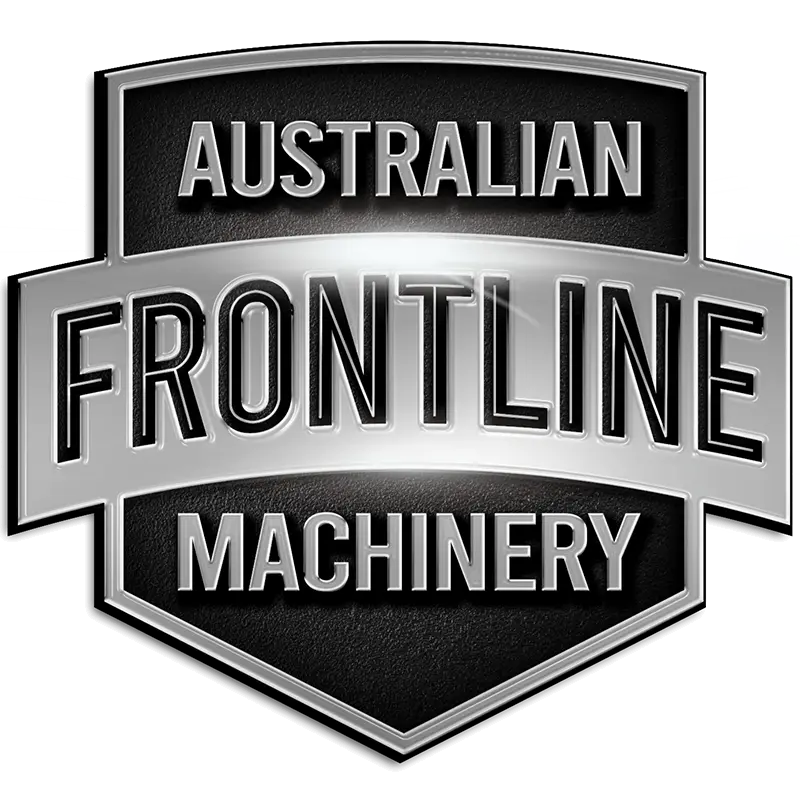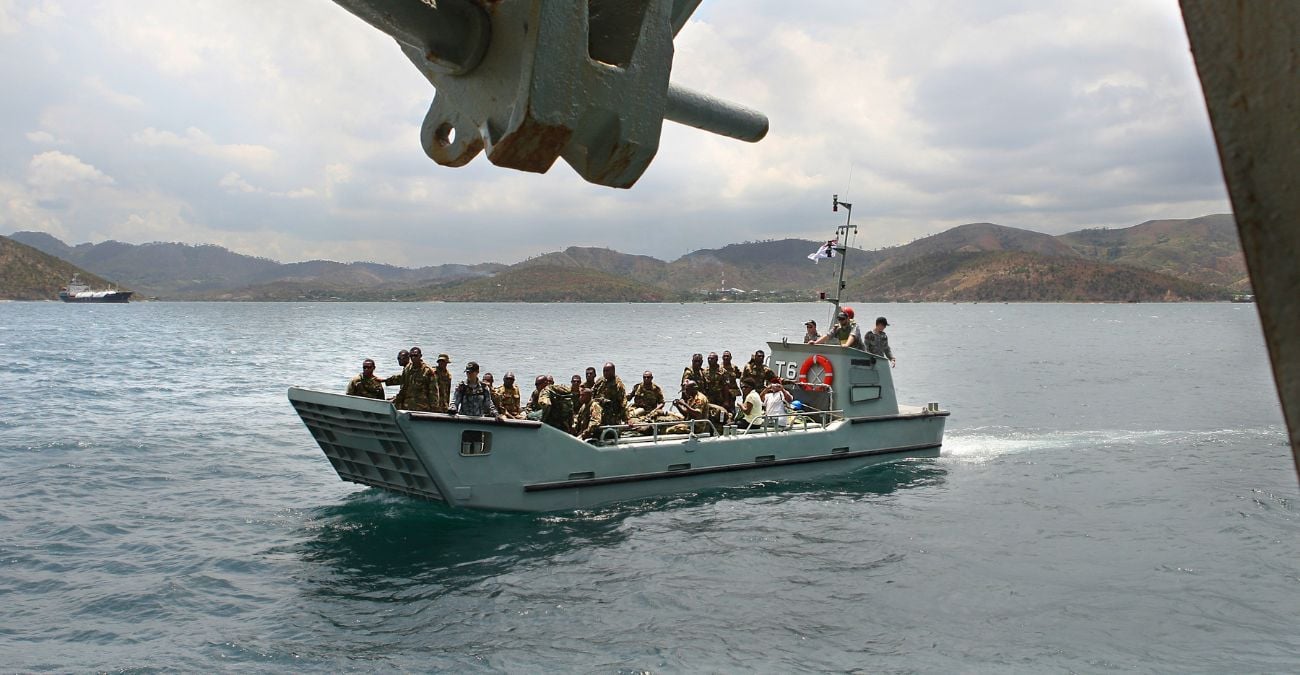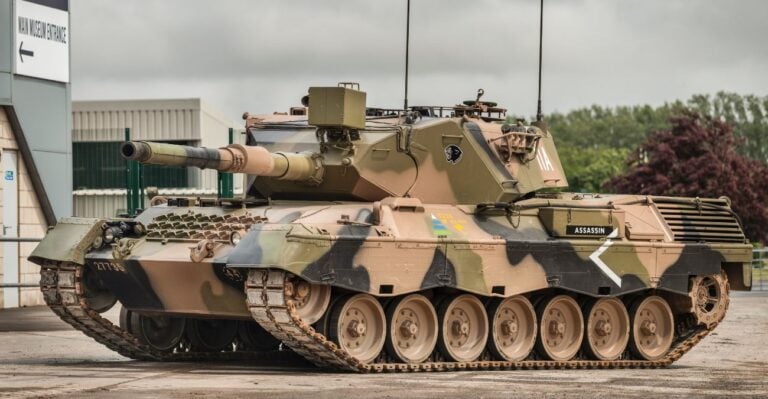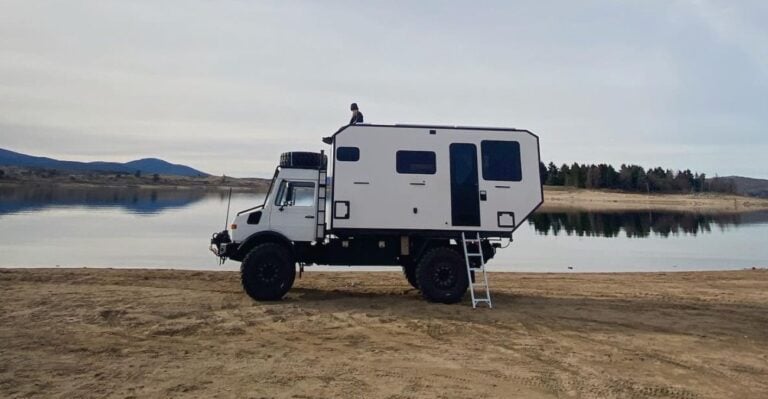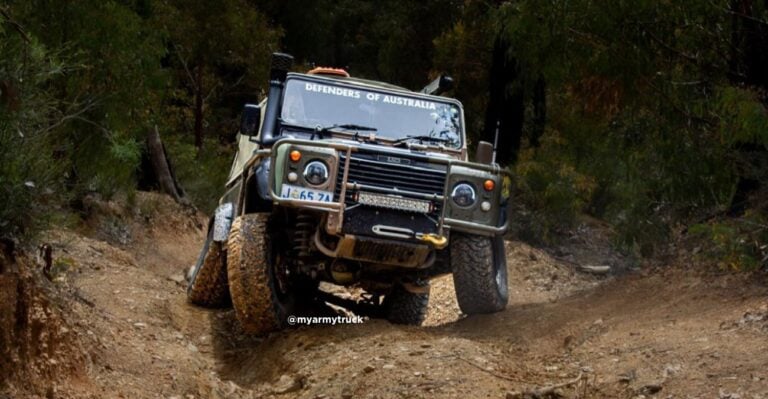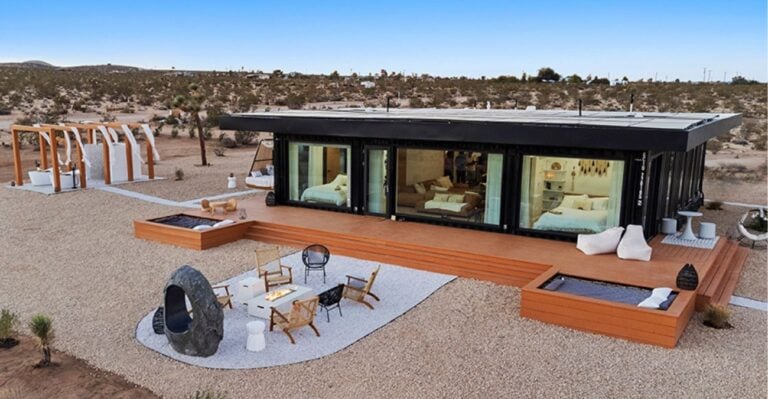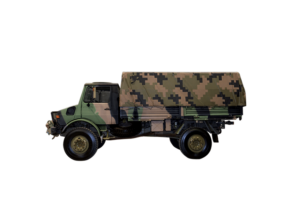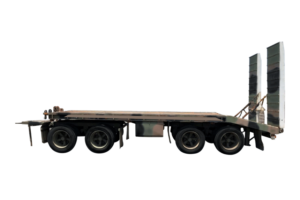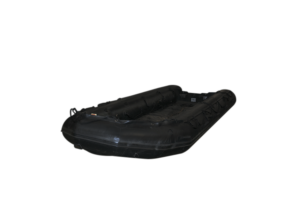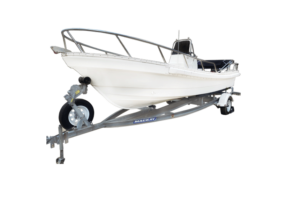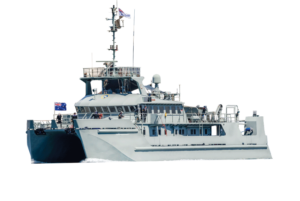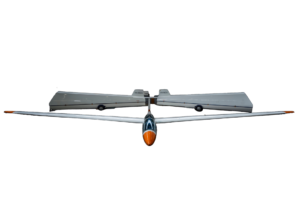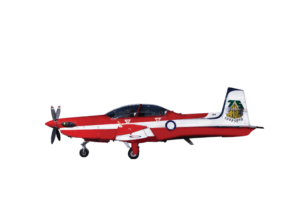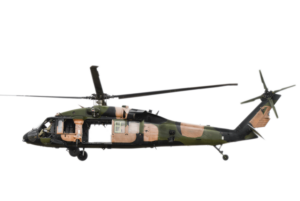So far this year, Australian Frontline Machinery has auctioned 20 ex-Military vessels across the country, including Noosa Cats, Workboats, and Survey Boats. One standout from our 2025 line-up was the Landing Craft, Vehicle, Personnel (LCVP) T6, which went under the hammer in our April Auction.
What is a Landing Craft, Vehicle, Personnel (LCVP)?
Think of an LCVP as a floating transporter — designed to move troops, gear, or light vehicles from larger ships to shore, particularly in places where there’s no wharf, jetty, or port infrastructure. The iconic drop-down bow ramp allows for rapid beach landings and efficient offloading.
The LCVP design dates back to World War II, most famously used during the Normandy landings. Australia adopted and refined the concept post-war to suit local needs, and since then, LCVPs have played a key role in Cold War operations, peacekeeping deployments, humanitarian aid missions, and joint military exercises across the Indo-Pacific.
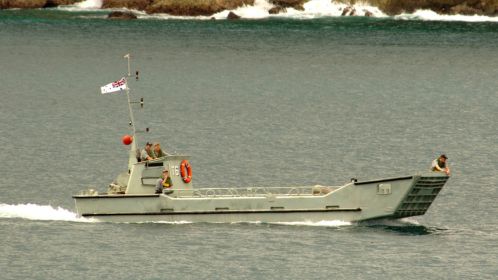
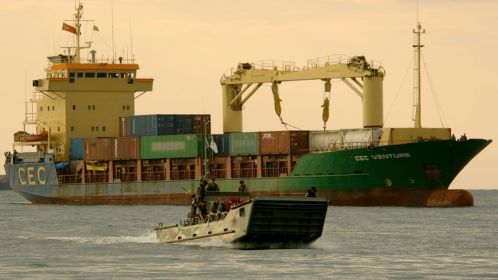
Built Tough, Made to Land Anywhere
Deceptively simple, the LCVP is the maritime equivalent of a hard-working ute. Its flat-bottomed hull lets it cruise right onto sandy or shallow beaches, unload a Land Rover or troops, then reverse right back out. Built for durability rather than speed, it tops out at around 15-22 knots, but it’s engineered to handle rough work and demanding conditions.
Constructed from welded aluminium, these boats were built to be corrosion-resistant, low maintenance, and capable of operating in diverse environments.
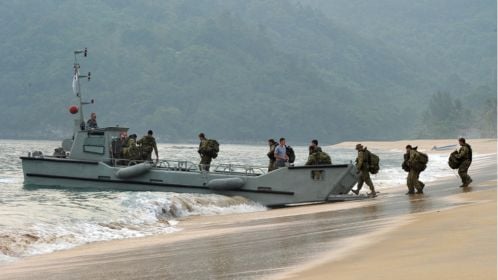
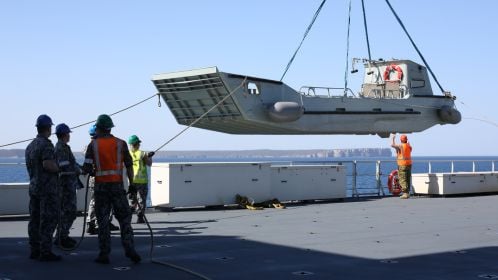
Made for Aussie Conditions
The majority of LCVPs used by the Royal Australian Navy were built locally, purpose-designed to tackle everything from tropical coral reefs to muddy rivers and rocky coastlines. They were frequently deployed from support ships like HMAS Tobruk and the older Kanimbla-class vessels (HMAS Kanimbla and HMAS Manoora), playing key roles in Defence’s amphibious logistics capability.
LCVP: Technical Breakdown
- Length: Approx. 13.2m
- Beam (Width): Around 3.5m
- Construction: Welded aluminium hull
- Displacement: 7 tonnes
- Speed: 15–22 knots
- Propulsion: Two 400hp (294 kilowatts) Volvo Penta sterndrives
- Crew: 3
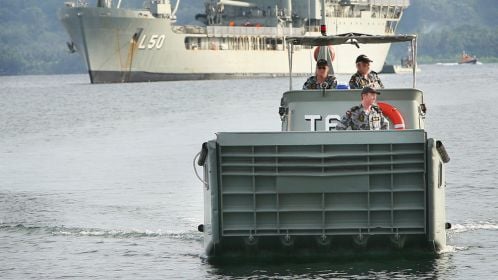
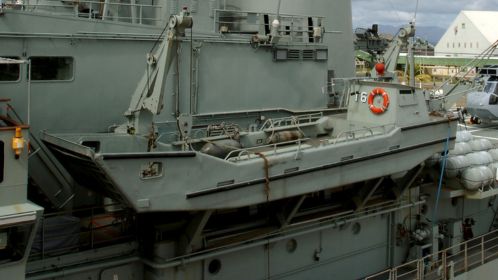
The Next Generation: What Replaced the LCVP T6?
After decades of faithful service, the LCVP T6 was retired in favour of more capable landing craft — the Landing Craft Lights (LCL). Built by Sydney based The Whiskey Project Group, these newer vessels offer greater speed, capacity, and operational flexibility.
Landing Craft Lights (LCL) Specs
- Length: Approx. 15.4 metres
- Construction: Aluminium
- Payload: 4.5 tonnes
- Speed: 26 knots fully loaded
- Propulsion: Three 300hp diesel outboard motors
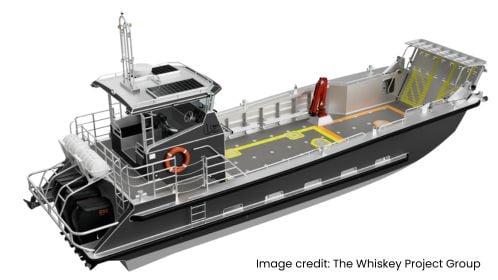
Image credit: Defence Image Library
